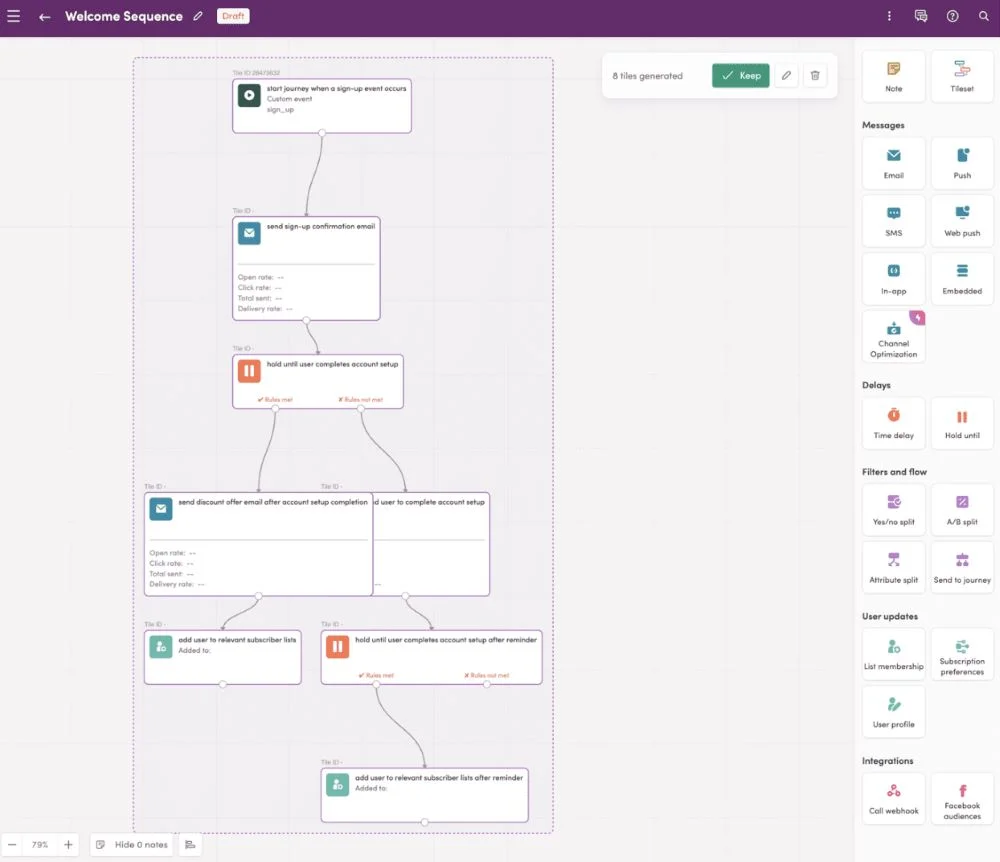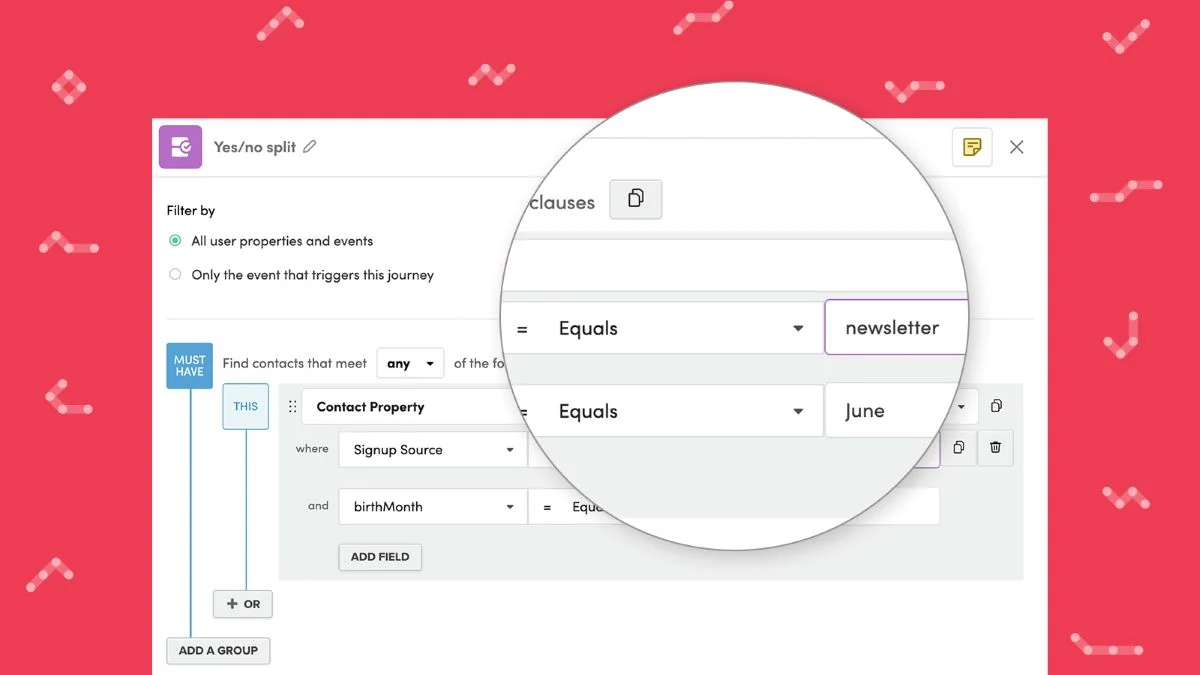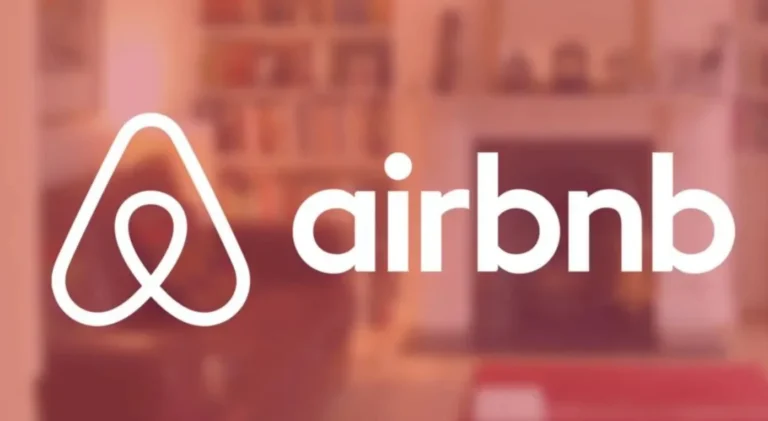Iterable Pricing: Choosing Versatility and Option
Ever wonder how to make sure you are getting the best value out of your subscription services? For you, iterable pricing might be the answer! Consider simply utilizing what you actually use rather than paying a set charge. It is a flexible and affordable way to manage your expenses and get exactly what you need. Are you interested in finding out how it works and why it could make your life better? Let us examine the world of iterable pricing and discover how you may maximize your worth and simplify budgeting with its aid.
1. Comprehending Iterable Pricing

With iterable pricing, companies can pay according to their real usage as opposed to a fixed charge thanks to a dynamic method. This concept is especially advantageous for startups or businesses with varying needs. Organizations can match their spending with their usage patterns and ensure that they are only investing in what they really need by implementing iterable pricing. Because of its versatility, it is a desirable choice for contemporary businesses trying to maximize efficiency because it minimizes overpaying and optimizes budget allocation.
Iterable pricing, in its simplest form, divides expenses into controllable, variable parts, giving a more accurate view of how expenditure corresponds with real service utilization. This strategy differs from conventional pricing models, which frequently call for a sizable upfront deposit. Because of this, companies are able to test out various service levels and modify their strategies in response to their changing needs. This flexibility is particularly useful in businesses with quick changes in resources and needs.
Additionally, iterable pricing encourages greater openness in the interactions between customers and service providers. Companies are able to see more clearly what their spending habits are, which helps them make better budgets and decisions. Pay-as-you-go spending is encouraged by this concept, which can greatly ease financial burden and simplify financial planning.
2. Iterable Pricing’s Benefits
Cost effectiveness is one of iterable pricing’s main advantages. Businesses can steer clear of the difficulties associated with overpaying for features or services by tying payment to actual usage. This approach makes sure that money is distributed more wisely and in line with the value that is obtained from the services. This can lead to significant savings and a more regulated budget for expanding businesses or those with changing needs.
Scalability is another benefit of iterable pricing, which is vital for companies that are expanding or going through seasonal shifts. Businesses are free to change their service levels in response to changing market conditions, giving them the flexibility to react quickly to changes in demand without being constrained by set pricing policies. This adaptability encourages improved resource management and may keep businesses competitive.
Iterable pricing also improves financial predictability. A pay-as-you-go strategy gives firms a better idea of how their expenses will change over time. Transparency lowers the possibility of unforeseen costs and facilitates more precise financial planning and forecasting. Businesses gain from a more predictable and controllable cost structure, which makes operations and strategic planning easier.
3. The Operation of Iterable Pricing
The concept of iterable pricing bases prices on the quantity of resources or services used. In contrast, firms that use fixed pricing pay a fixed cost regardless of consumption. Charges in iterable pricing are usually determined by criteria like service hours, transaction volume, or usage volume. By using this method, payments are guaranteed to be exactly in line with the quality of service received.
Utilization data collection and monitoring are common steps in the iterable pricing implementation process. Service providers may offer dashboards or reports that allow clients to view their consumption patterns and associated costs in real time. With this access, organizations may make well-informed decisions about how best to optimize consumption or change service levels in order to successfully manage expenses.
Additionally, as usage grows, iterable pricing models may offer additional savings potential through tiered structures or volume discounts. Lower per-unit costs let businesses plan for higher consumption levels and increase the pricing model’s cost-effectiveness. Iterable pricing is a flexible and appealing solution for a range of company requirements because of its versatility.
4. Evaluating Iterable Pricing in Relation to Conventional Models
Several significant distinctions between iterable pricing and conventional flat-rate models become apparent. Conventional pricing frequently consists of a fixed charge for a predefined degree of service, which may result in overspending in the event that actual consumption is less than projected. On the other hand, iterable pricing minimizes the chance of overspending and enables more accurate budgeting by matching expenses to actual consumption.
Iterable pricing’s ability to offer flexibility is another difference. Conventional models can force companies to make fixed-cost, long-term commitments that are difficult to modify as needs shift. More flexibility is offered by iterable pricing, which enables companies to scale up or down their services in response to demands as they change in real time. This adaptability is especially useful in sectors of the economy where demand is subject to large fluctuations.
Furthermore, iterable pricing frequently promotes a more open and responsible financial connection between clients and service providers. Businesses are able to make more strategic decisions and obtain greater insight into their spending when expenditures are directly linked to consumption. In contrast, under traditional approaches, the full cost of services may be hidden due to the absence of usage-based pricing.
5. Putting Iterable Pricing into Practice in Your Company
Iterable pricing implementation calls for careful consideration to make sure it fits your financial objectives and business requirements. To begin, assess your present usage habits and determine the important KPIs that will guide the pricing strategy. Collaborate closely with service providers to comprehend how their cost structures relate to your consumption information.
Following the establishment of the pricing model, it is critical to routinely track and evaluate consumption. To obtain insights into usage patterns and modify your service levels as necessary, make use of the tools and reports that are accessible. This continuous analysis guarantees that you are getting the most out of the iterable pricing model and aids in cost optimization.
In this process, communication with your service provider is also essential. Establish clear expectations and keep open communication to address any issues or changes that must be made. For many firms, an iterable pricing strategy that is properly managed can result in significant cost savings and operational efficiencies.






